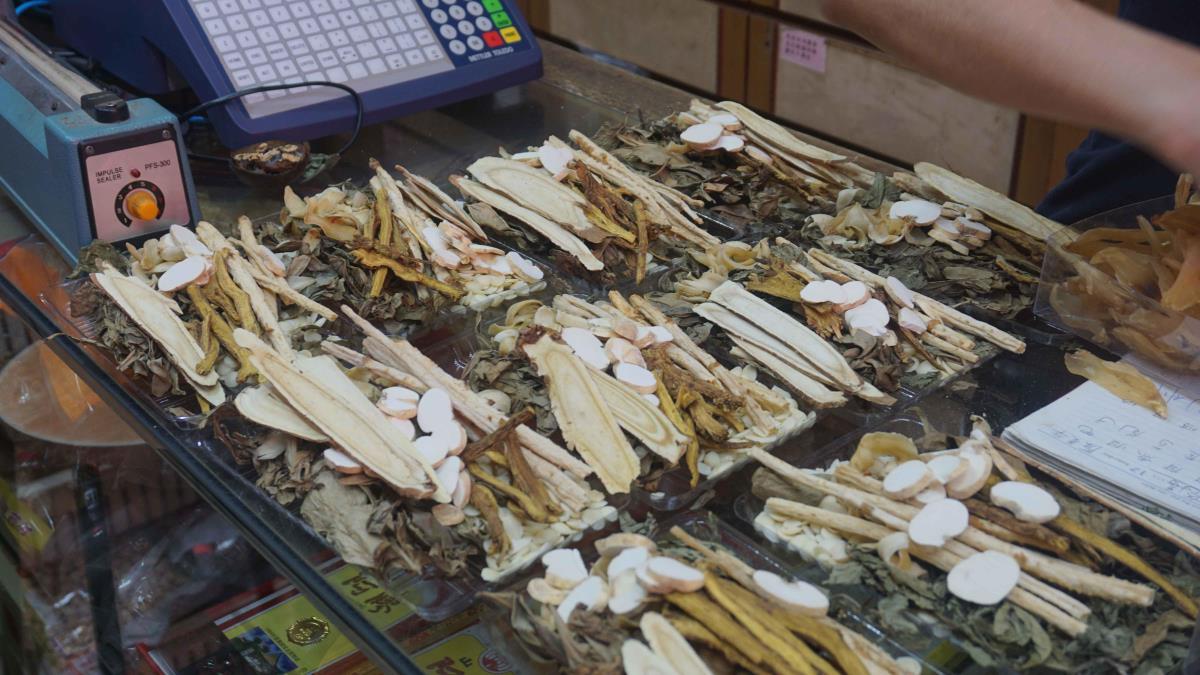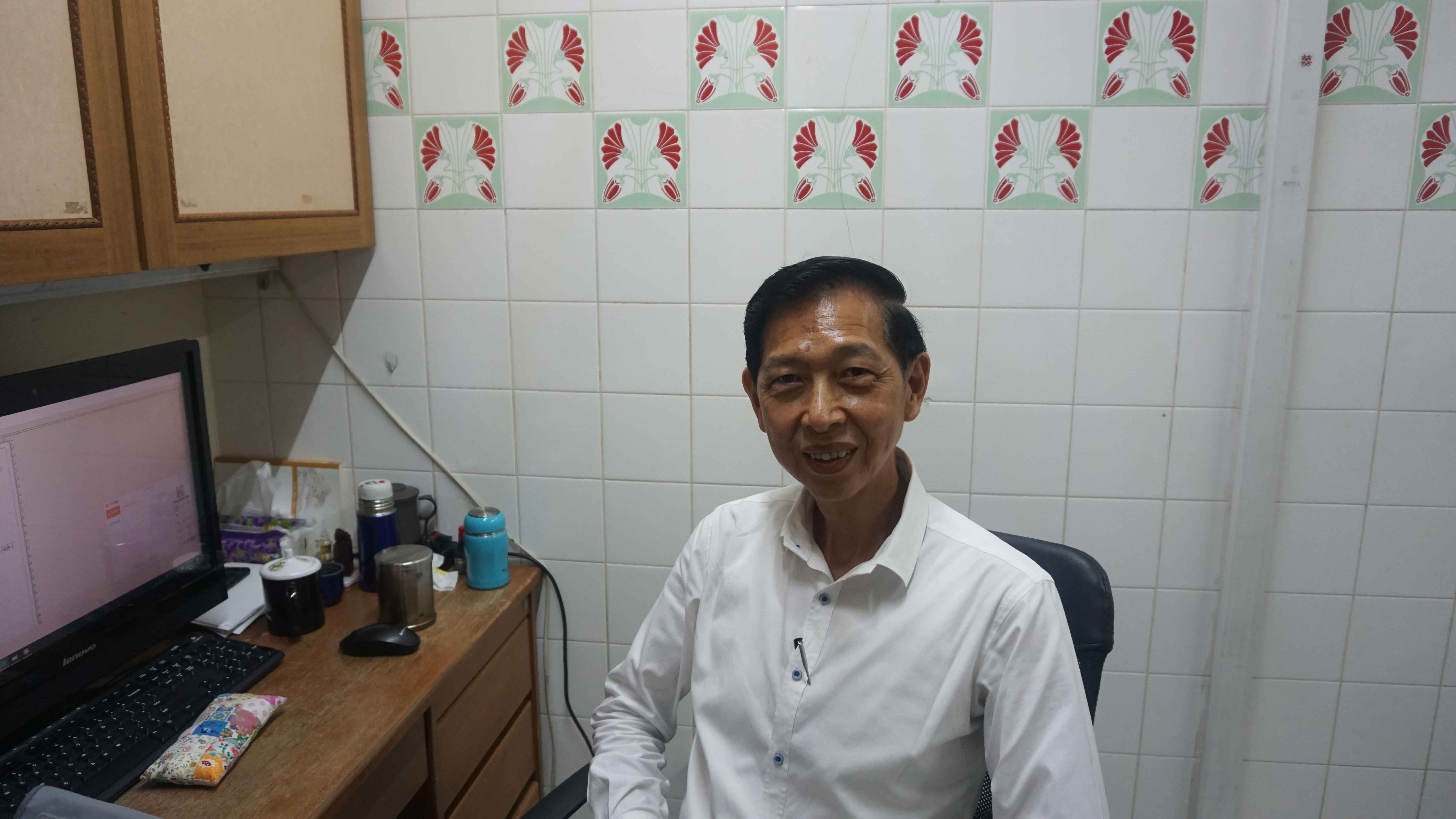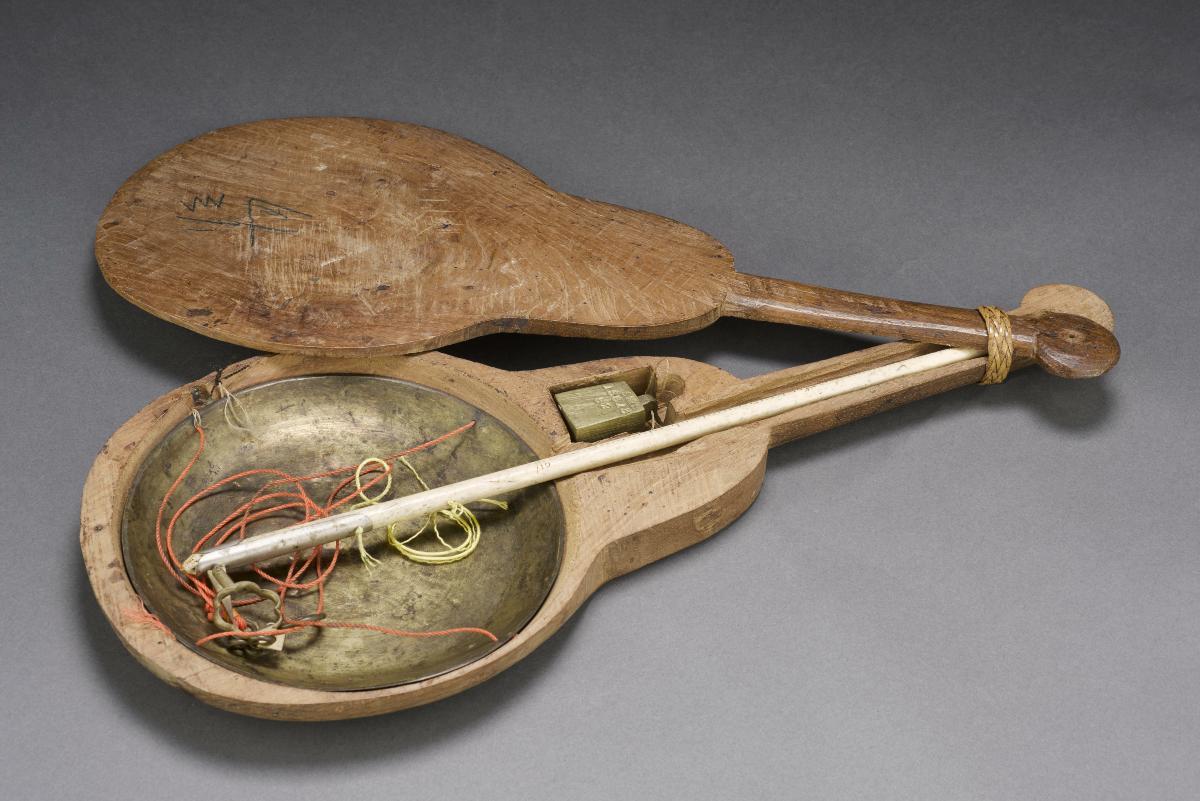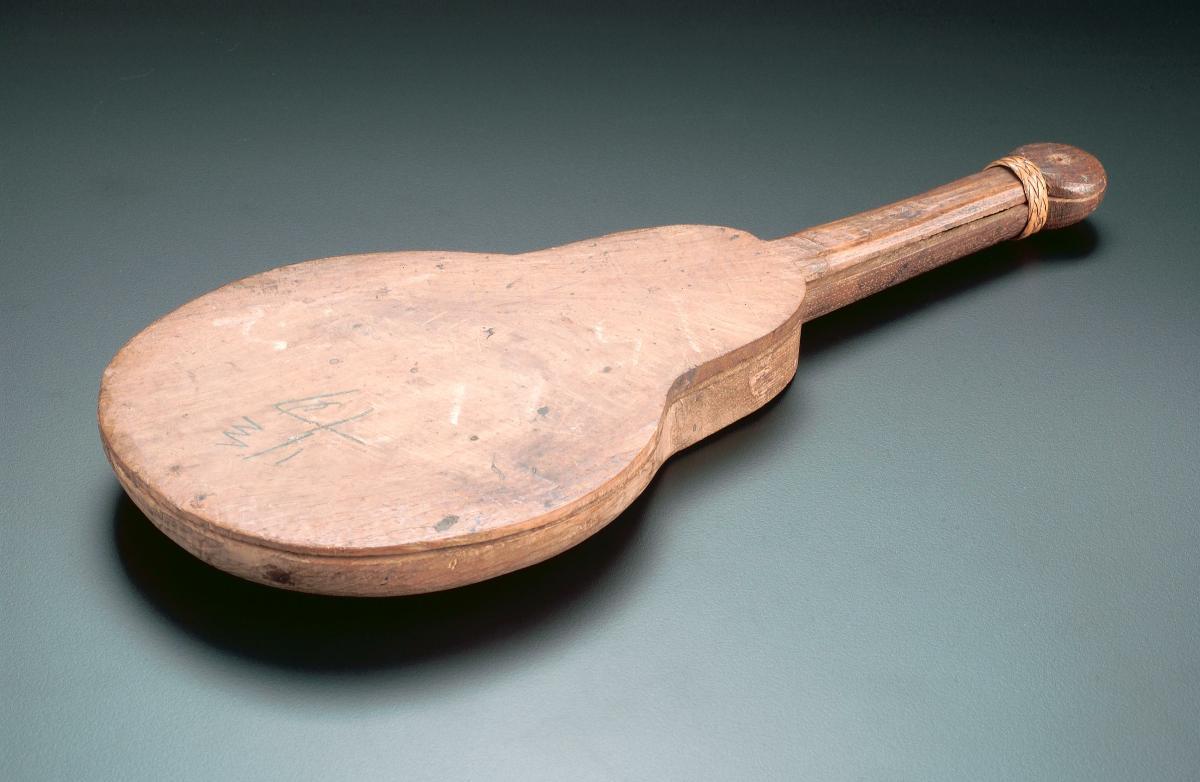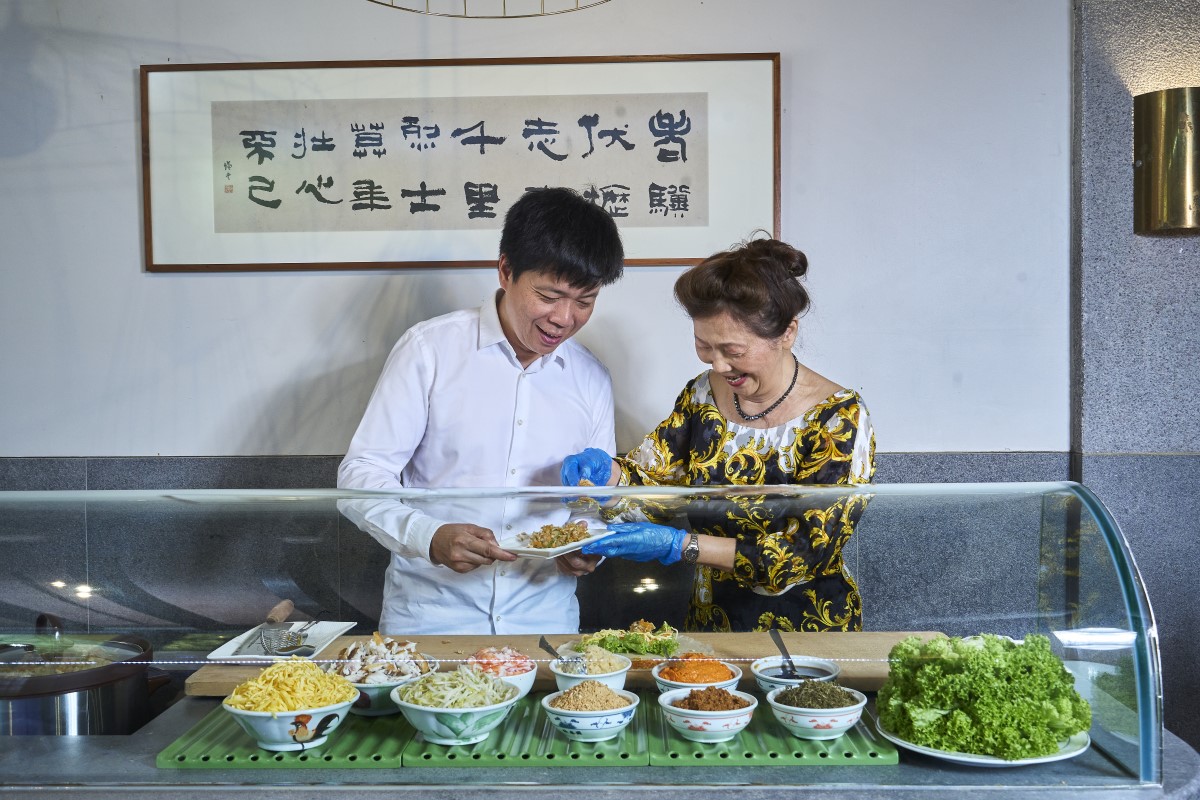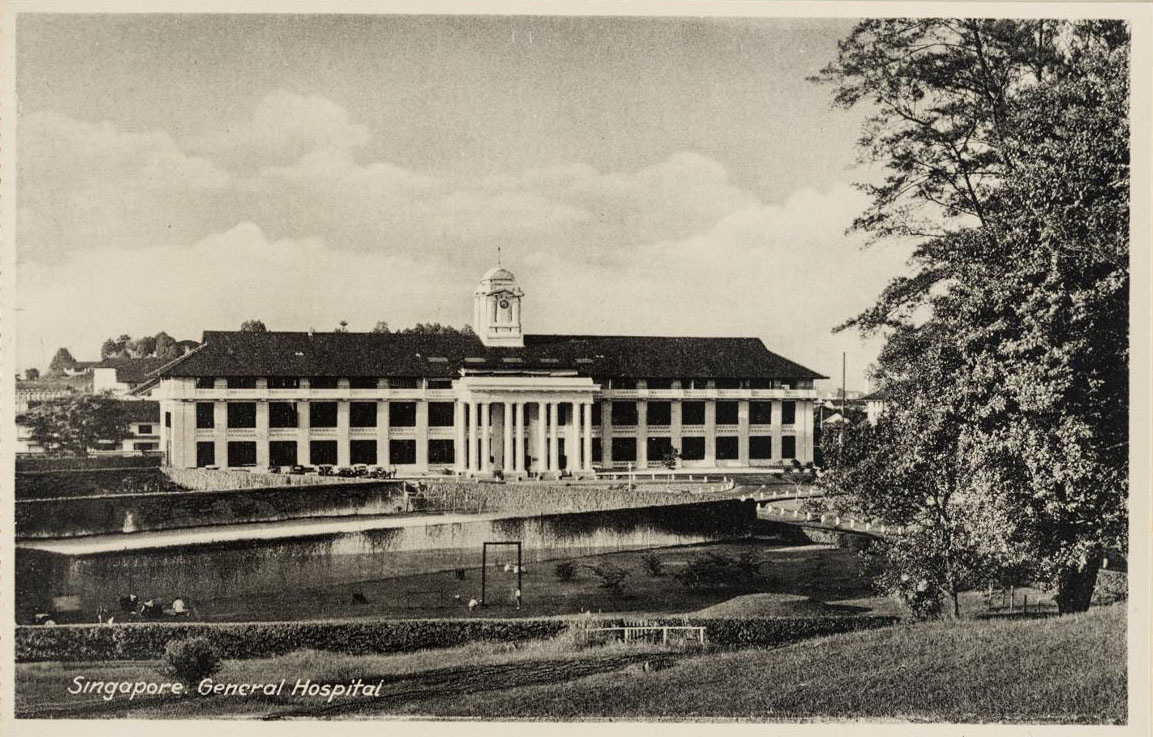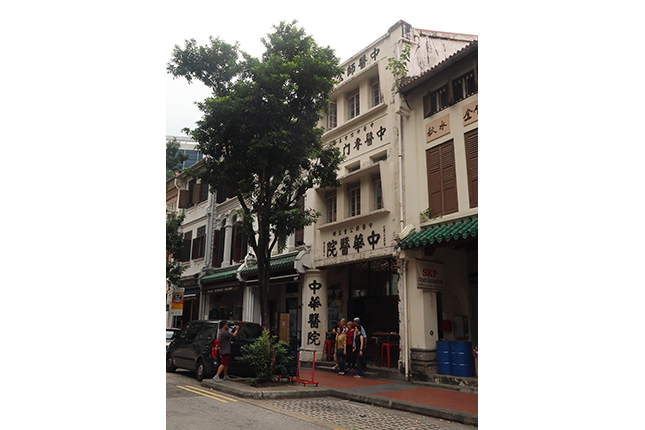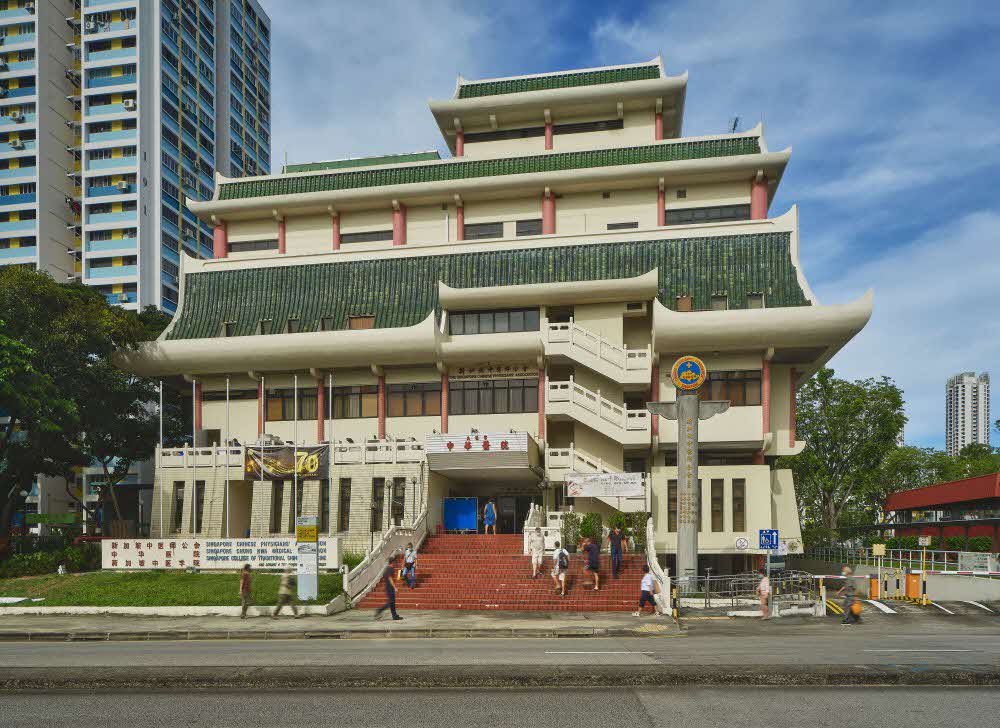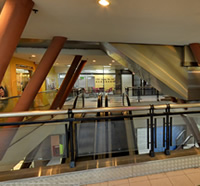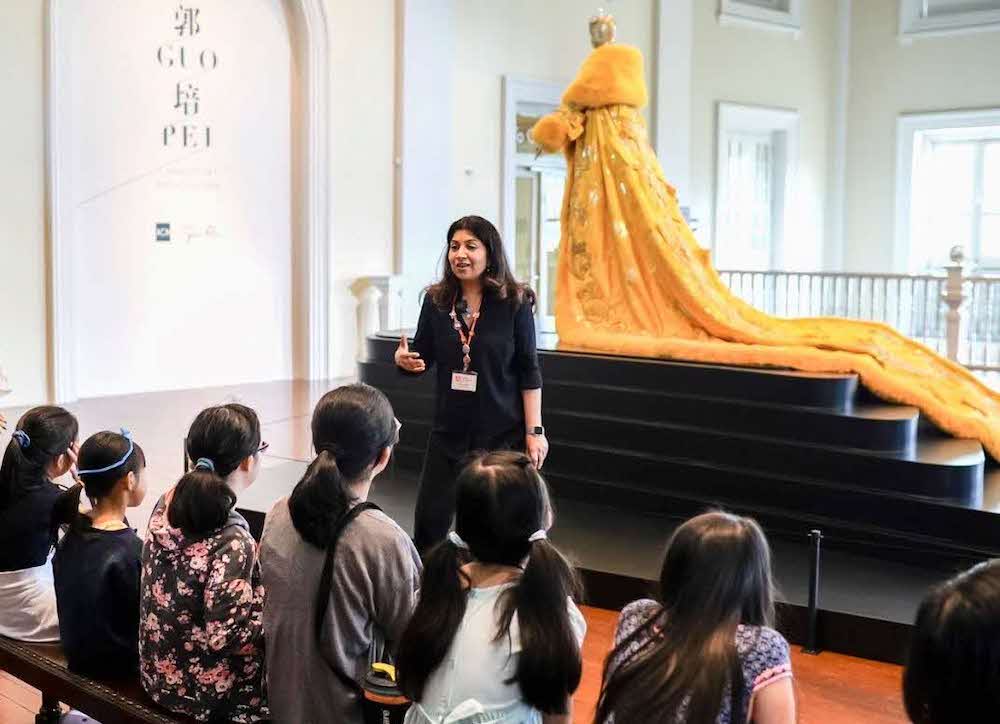Traditional Chinese Medicine
Traditional Chinese medicine (TCM) is one of the oldest systems of medicine in the world, dating back to more than 2,000 years. It views the human body as an organic whole, with the organs related to and influencing each other. Thus, all parts of the body, including the five core zang (脏) organs (heart, liver, spleen, lung, and kidney) and six fu (腑) organs (which include the intestines, urinary bladder, and stomach), are linked via a network of passages known as meridians (经, jing) and collaterals (络, luo). This network carries blood, the qi (气, or “life force”) as well as information between the different parts, which keeps the body working and in balance.
Geographic Location
The origins of TCM can be traced back to ancient China. It is now practised wherever Chinese communities have settled.
TCM clinics can be found throughout the island, particularly in large housing estates. For example, the main branch of Singapore Thong Chai Medical Institution is at Chin Swee Road, the Singapore Chung Hwa Medical Institution in Toa Payoh, and Wong Yiu Nam Medical Hall in Chinatown.
A number of public and private hospitals provide TCM therapies as well, to complement Western medical treatments. These include the Singapore General Hospital, the National University Hospital, and Tan Tock Seng Hospital.
Communities Involved
The Singapore College of TCM, established in 1953, is one of the largest educational institutions for TCM doctors, and has a strong influence on the direction of TCM practices. Its training includes traditional Chinese medical theories and modern Western medical knowledge, along with practical clinical experience.
Two associations closely linked to TCM are the Singapore Coordinating Committee of Chinese Medical Organisations and the Singapore TCM Organisations Committee. The former caters to medical practitioners, while the latter comprises representatives from the drug import and distribution businesses.
TCM in Singapore has been formally regulated by the Ministry of Health (MOH) since 1999. Proprietary medicines in the form of tablets, capsules or liquids now have to comply with safety and quality criteria. The ministry also set up the Traditional Chinese Medicine Practitioners Board to register acupuncturists and physicians, regulate their conduct and ethics, as well as accredit TCM schools and courses.
Given the multicultural nature of Singapore, TCM practitioners treat non-ethnic Chinese as well.
Associated Social and Cultural Practices
TCM is built on the concepts of yin (阴) and yang (阳), as well as the “five elements” (五行, wu xing). Yin refers to that which is “static, internal, descending, cold, and grey”, while yang pertains to that which is “dynamic, external, rising, warm, and bright”. The ideal state is to achieve a balance between the yin and the yang.
The “five elements” are wood, fire, earth, metal, and water. These are related to the liver, heart, spleen, lung, and kidney respectively. In TCM tradition, the organs (and hence the corresponding elements) are linked to each other in a specific way, and this relationship is used to select the right therapy.
TCM does not just believe in treating symptoms, but also in maintaining the function of the organs and tissues not directly affected by disease. This preventative approach (治未病, zhi wei bing) or “treating the undiseased” focuses on one’s personal lifestyle, dietary habits, and consumption of food or health supplements in order to balance the yin and yang in the body.
Common TCM therapies include acupuncture (the use of needles to regulate qi and blood by stimulating specific points on one’s body, known as acupoints) and moxibustion (the burning of mugwort root at acupoints).
Experience of a Practitioner
Mr Chow Khai Shui is the managing director of Teck Soon Medical Hall, and a TCM doctor. His interest in TCM was sparked as a young boy when he started helping his father at the family’s small TCM store in Sago Street. He went on to study the subject at the Chung Hwa Medical Institution, graduating as a TCM doctor in 1985.
Today, the family business has expanded to four stores, which are run by Mr Chow and his siblings. Like most TCM doctors, Mr Chow has built upon the knowledge he gained at medical school as well as his experience to develop his special treatments for diseases. For example, many patients visit Mr Chow to treat coughs developed from nasal sensitivity. He has also observed that certain skin diseases and stomach problems are common complaints among his patients. He attributes this to the effects of Singapore’s hot and humid climate, as well as a diet rich in spicy and fried food.
Even as Mr Chow remains optimistic about the future of TCM and its relevance in the modern world, he cautions that increasing commercialisation can cause problems. He notes how some medical halls skip processes needed to improve the properties and treatment effects of certain herbs. This not only affects the benefits of the herbs but can also result in knowledge about these processes being lost over time.
Present Status
The efforts to approach TCM along “scientific lines” by emphasising clinical trials and academic research have proven beneficial. Controlled trials recognised by the World Health Organisation (WHO) have shown that acupuncture is effective as a treatment for more than 20 diseases and disorders. In fact, the Beijing Declaration adopted by the WHO Congress on Traditional Medicine in 2008, recognised the role of traditional medicine in public health and called for TCM to be integrated into national health systems.
Singapore has adopted a similar approach and views TCM as a complement to, rather than as a replacement of, Western medicine. Locally, there have been greater research on TCM, the training and development of TCM practitioners as well as support for TCM clinics to adopt technology. This is especially important as Singapore’s population ages and healthcare needs are set to rise.
Access to learning about TCM has also widened. For example, the Nanyang Technological University offers TCM as part of a biomedical science double degree. And, for those who are more casual learners, organisations such as the Singapore Chinese Physicians’ Association often hold classes that teach TCM knowledge to the public, says Mr Chow. In recent years, these classes are conducted in English, which has attracted non-Chinese-speaking individuals as well, thus exposing TCM to a wider audience.
References
Reference No.: ICH-078
Date of Inclusion: October 2019
References
Chen, Yan and Zou, Jian Hua. “The present situation of Traditional Chinese Medicine in Singapore.” Chinese Academy of Chinese Medical Sciences 8(5): 575-578, 2013.
Despeux, Catherine. “Jing, qi, shen; 精 氣 神; essence, pneuma (breath, energy, vital force), spirit”, in The Encyclopaedia of Taoism, ed. Fabrizio Pregadio. Routledge, pp. 562–565, 2008.
Foo, Say Liang, Daniel. A short history of a long tradition: The resilience of Chinese Medicine in Singapore. Department of History: National University of Singapore, 2001.
Gwee, A. L. “A Study of Chinese Medical Practice in Singapore”, Singapore Medical Journal 10 (1): 1-7, 1969.
Hong, Hai. The Theory of Chinese Medicine: A Modern Interpretation. Singapore: World Scientific Publishing, 2014.
Liao, Yuqun. Traditional Chinese Medicine: Understanding its Principles and Practices. Beijing: China Intercontinental Press, 2010.
Sinha, V. Theorizing the Complex Health Scene: Reconceptualising “Medical Pluralism”. The Johns Hopkins University, PhD Thesis, 1995.
Song, Ong Siang. One hundred years’ history of the Chinese in Singapore. Singapore: University of Malaya Press, 1967.
Wang, Hongcai and Bing, Zhu. Basic theories of Traditional Chinese Medicine. London: Singing Dragon, 2010.
Yang, Yan. “Transmission of Chinese Medicine and the Localization of Chinese Medicine Education in Singapore”, Chinese Medicine and Culture 13(4): 15-43, 2018.
Yeoh, Brenda. Municipal sanitary surveillance, Asian resistance and the control of the urban environment in colonial Singapore, University of Oxford, School of Geography, 1991.
Resources
Voon, Alvin, Traditional Chinese Medicine in Post-War Singapore: Resistance, Adaptation and Legitimacy. Dissertation, Master of Science in History of Science, Medicine and Technology, 2013.




